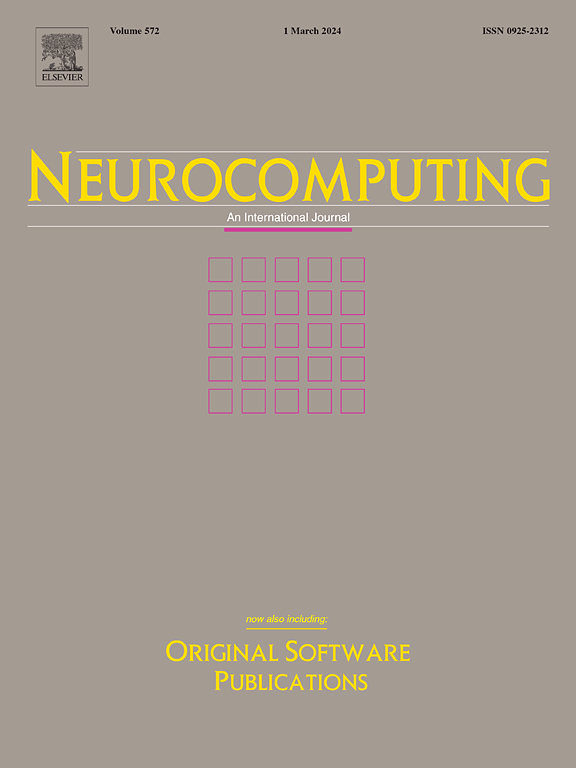Single-morphing attack detection using few-shot learning and triplet-loss
IF 5.5
2区 计算机科学
Q1 COMPUTER SCIENCE, ARTIFICIAL INTELLIGENCE
引用次数: 0
Abstract
Face morphing attack detection is challenging and presents a concrete and severe threat to face verification systems. A reliable detection mechanism for such attacks, tested with a robust cross-dataset protocol and unknown morphing tools, is still a research challenge. This paper proposes a framework based on the Few-Shot-Learning approach that shares image information based on the Siamese network using triplet-semi-hard-loss to tackle the morphing attack detection and boost the learning classification process. This network compares a bona fide or potentially morphed image with triplets of morphing face images. Our results show that this new network clusters the morphed images and assigns them to the right classes to obtain a lower equal error rate in a cross-dataset scenario. Few-shot learning helps to boost the learning process by sharing only small image numbers from an unknown dataset. Experimental results using cross-datasets trained with FRGCv2 and tested with FERET datasets reduced the BPCER10 from 43% to 4.91% using ResNet50. For the AMSL open-access dataset is reduced for MobileNetV2 from BPCER10 of 31.50% to 2.02%. For the SDD open-access synthetic dataset, the BPCER10 is reduced for MobileNetV2 from 21.37% to 1.96%.
求助全文
约1分钟内获得全文
求助全文
来源期刊

Neurocomputing
工程技术-计算机:人工智能
CiteScore
13.10
自引率
10.00%
发文量
1382
审稿时长
70 days
期刊介绍:
Neurocomputing publishes articles describing recent fundamental contributions in the field of neurocomputing. Neurocomputing theory, practice and applications are the essential topics being covered.
 求助内容:
求助内容: 应助结果提醒方式:
应助结果提醒方式:


